EAT IN ASIA / Destinations / Other destinations / Europe / Montenegro
How to read coffee menu in Montenegro?
Tags: MONTENEGRO
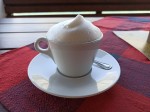
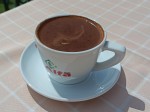


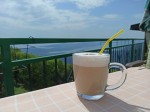

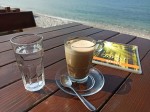
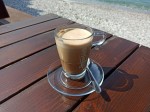
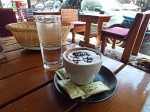
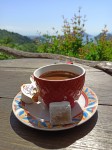
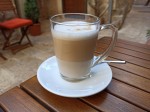
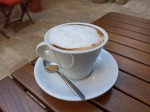
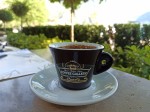
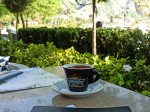
You might think you know everything about coffee, coffee types, serving ways and methods. Even if that is true, the naming convention in other countries might mislead you. BTW, check our posts on coffees in Costa Rica (Costa Rican coffee - is it good?), Dominicana (What is 'café dominicano' and where to buy it?), Mexico (The best Mexican coffee), Portugal (An ultimate coffee guide - Portuguese coffee types) and Vietnam (Vietnamese Coffee). And in Montenegro, apart from a traditional espresso, cappuccino or latte, there are other coffees too. So, what are they?
Espresso
Espresso is one of the most popular coffee types in Montenegro. Small cups are filled with an almost black drink. It is strong, served with no milk and accompanied by a tall glass of water. It is served with no sugar inside.
Dojč kafa – German coffee
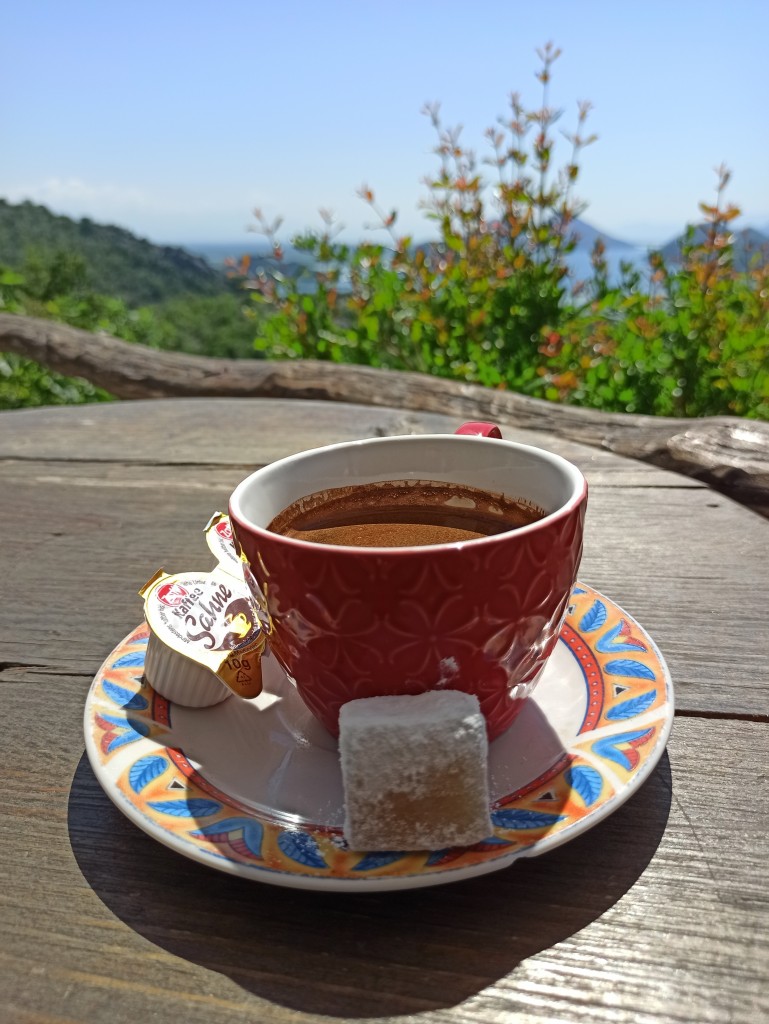
This coffee is an extended espresso with milk. Cups are slightly bigger than these for espresso. Coffee is extended mainly with hot water and at the end, warm milk is added. Coffee is prepared with no sugar and served with a glass of water.
Cappucciono
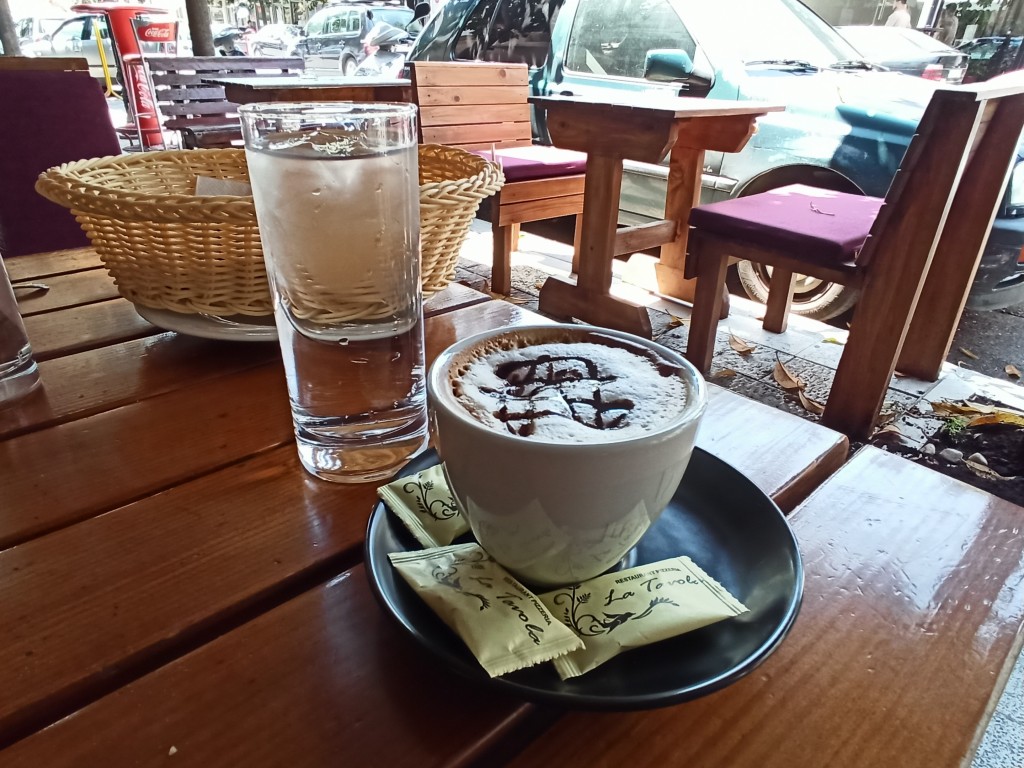
That is a traditional way of serving it. Cups are medium-sized, partially filled with a strong coffee and then filled with milk foam. Very often the foam exceeds cup's borders. Many locals decorate it with some powdered chocolate or make chocolate designs on the foam. This coffee has a relatively strong aroma. It is served with some sugar aside. The only sweet ingredient in it could be the chocolate decoration.
Nescafe

Yes, it might be strange, but such a coffee appears in many menus. And yes, that is a regular Nescafe coffee served in a cup. It comes with no milk, it is not sweet and is served with a glass of water. There is nothing special about that coffee. It tastes as you might expect it – as a usually coffee of that brand.
Nescafe sa šlagom
Another surprise. Nescafe sa šlagom is a more sophisticated version of a regular Nescafe coffee. It was really a huge surprise for us to see it on the list. Why would anyone choose this type if the menu has so many other better coffees? Coffees prepared form grounded beans. Filtered coffees or coffees from machines are almost everywhere, so why do they serve Nescafe too? And Nescafe sa šlagom is black coffee topped generously with whipped cream.
Ice coffee
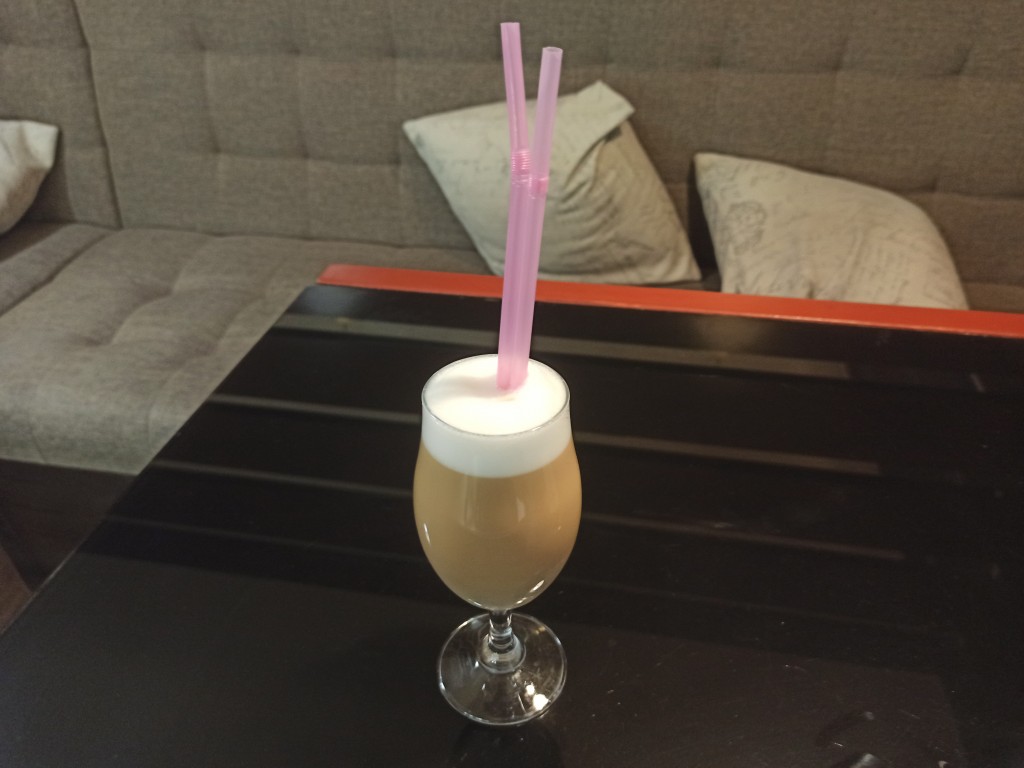
This is a standard iced coffee. It is a milky type of coffee topped either with a milk foam or with whipped cream. It is relatively delicate in taste and might have additional flavors, like hazelnut, caramel, or chocolate. Usually, it is already prepared with some sugar or some flavor syrups. It is richly decorated with cream or foam and garnished with chocolate designs. It is served in tall glasses.
Kuvana kafa – Turkish coffee
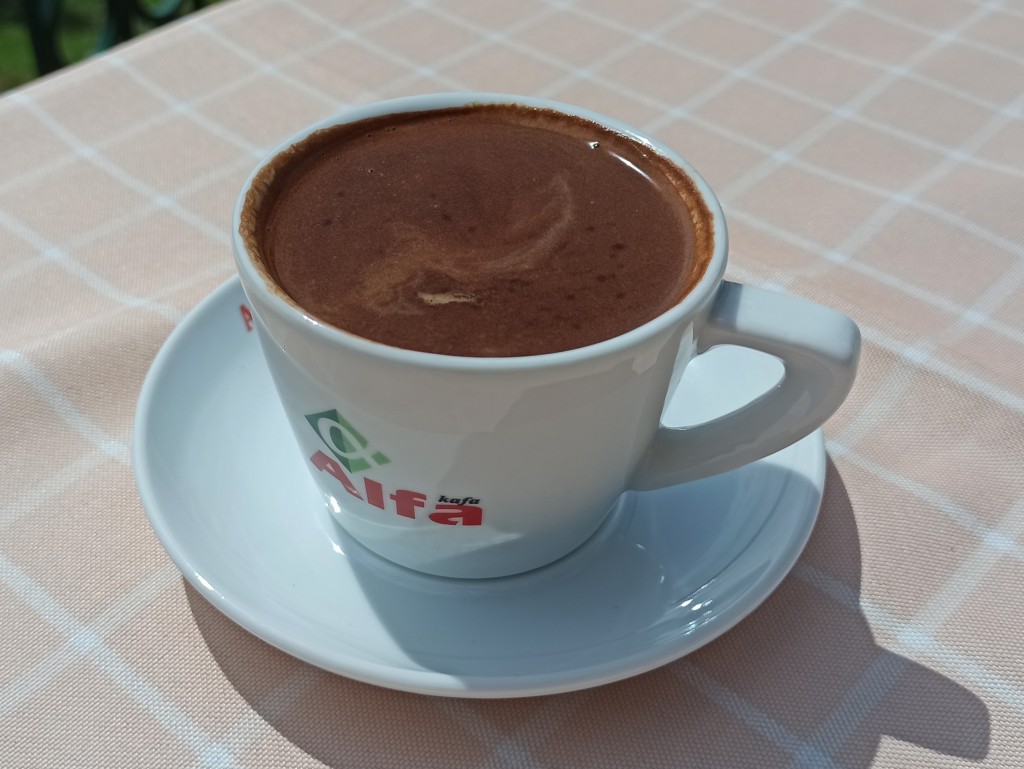
Turkish coffee is almost as popular as espresso. It is strong, comes in bigger cups than these for espresso and is sweet. The way of preparing it is the same as it is originally in Turkey. It is boiled with sugar in a pot and then poured with grounded coffee into the cup. It is sweet, served with no milk and with no additional sugar. Aside comes a glass of water. Sometimes it is possible to ask for kuvana kafa with milk, however, do not expect a significant amount of it. It would be just a dash of milk.
Makiato
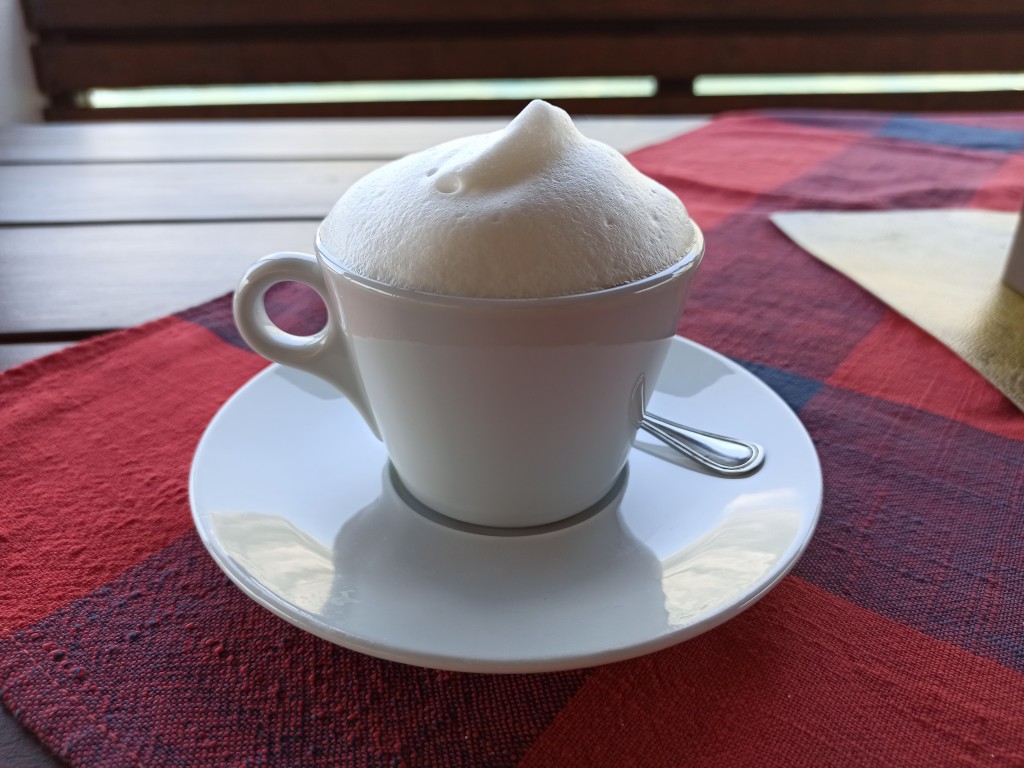
The serving way of makiato in Montenegro is almost the same you know from other countries. Café macchiato is generally speaking espresso with a small amount of milk. Usually, this milk is whipped and has a foam form. This coffee has a strong flavor, is served with some sugar aside and with a glass of water.
Bijela kafa

Bijela kafa is more or less coffee with milk. It is served in big cups and with sugar aside. It is strong, has an intense aroma but at the same time is milder and more milky. Usually, this coffee is prepared in the same way as the Turkish one but without sugar. It is boiled in the pot and served with no coffee grounds. You can distinguish these characteristic boiling notes in it. However, milk softens this intense aroma.
So, now, when you know exactly how which coffee looks like, it is time for a proper cup of coffee in Montenegro!
Date: 2022-05-18
Author: Beti – A passionate traveler and lover of Asian cuisine, especially Thai and Japanese dishes, Bernadeta brings her culinary and cultural experiences to life in her writing. Beyond her travels, she’s an avid technology enthusiast with a deep interest in data processing, merging her love for exploration with analytical insights.
Photographer: Adalbert – An aficionado of computers and photography, Adalbert captures the essence of diverse cuisines with a discerning eye. A connoisseur of rich flavors and particularly fond of meat-based dishes, he combines his technical skills with his passion for the culinary arts in every shot.









